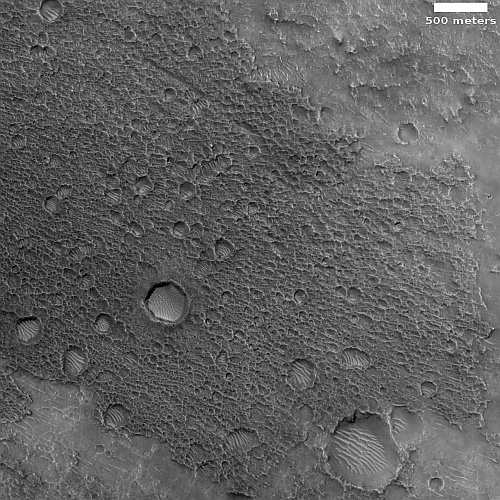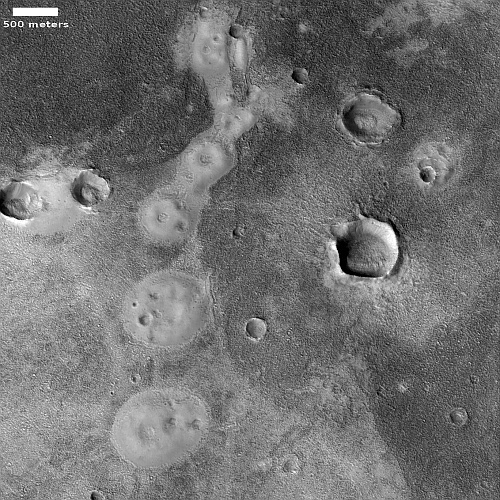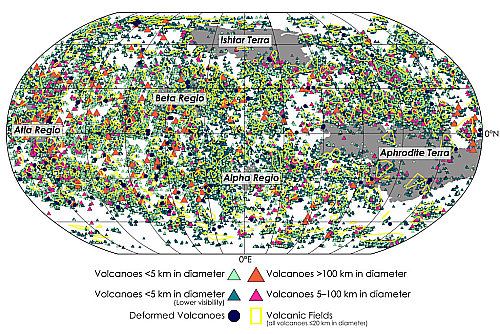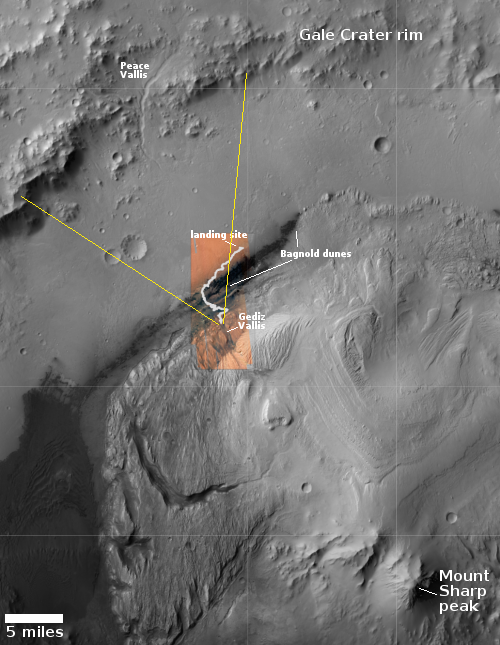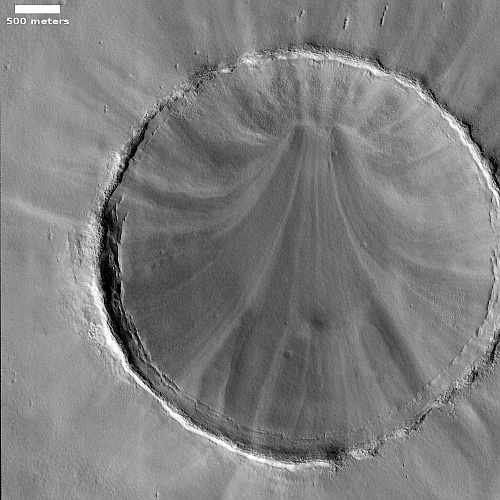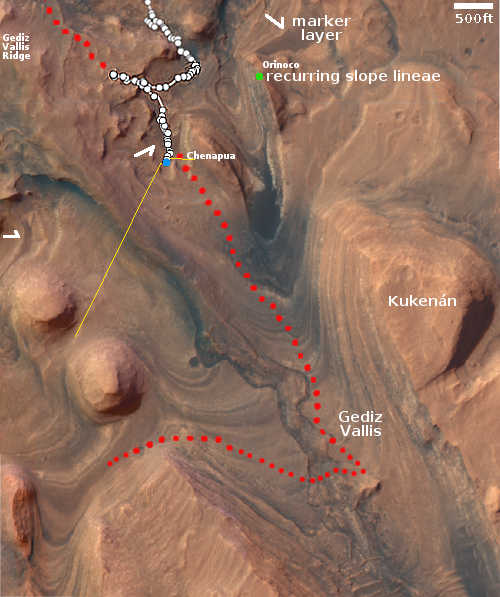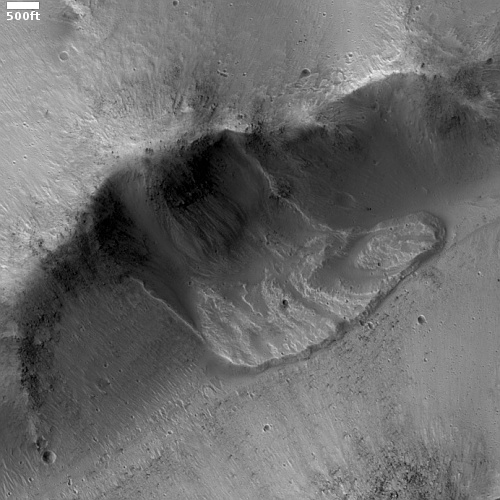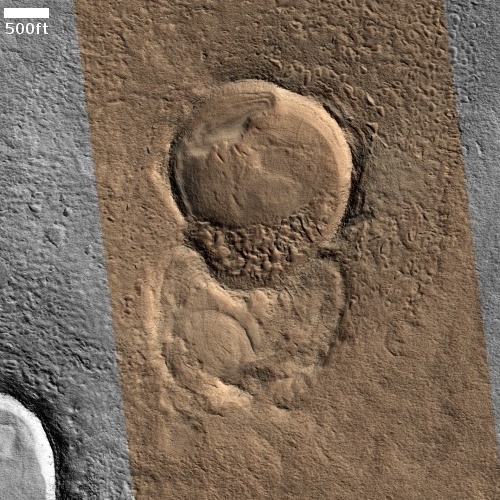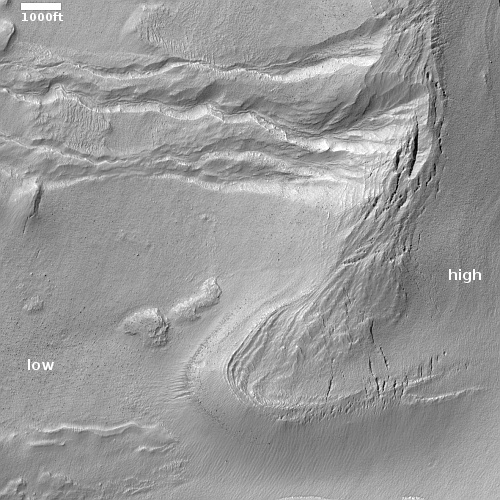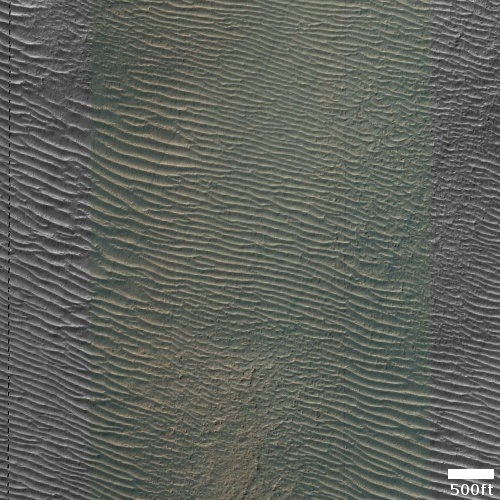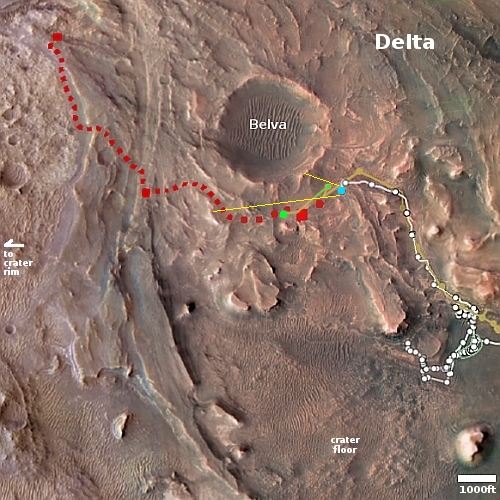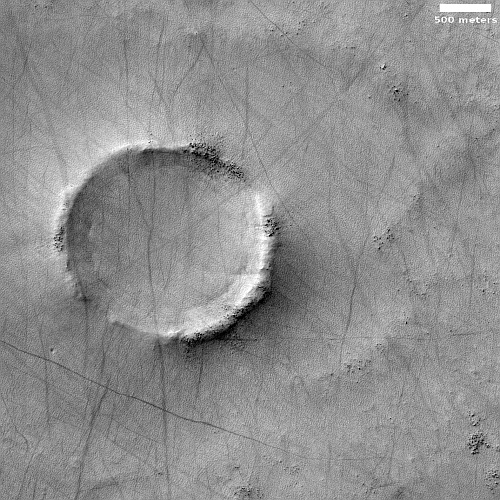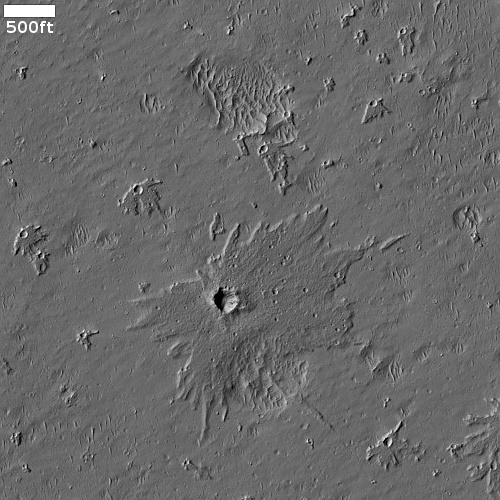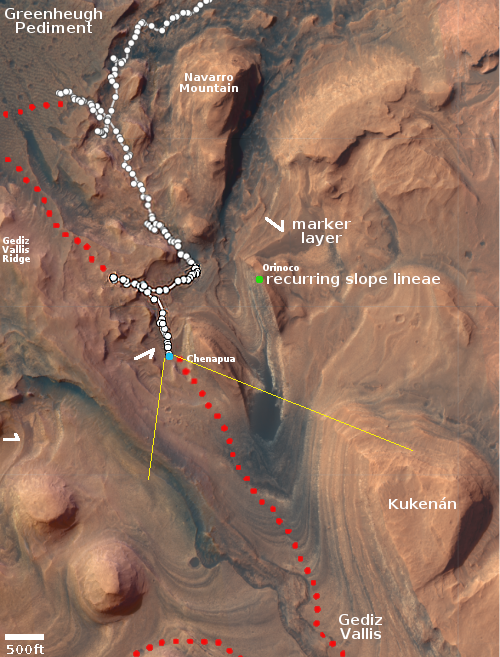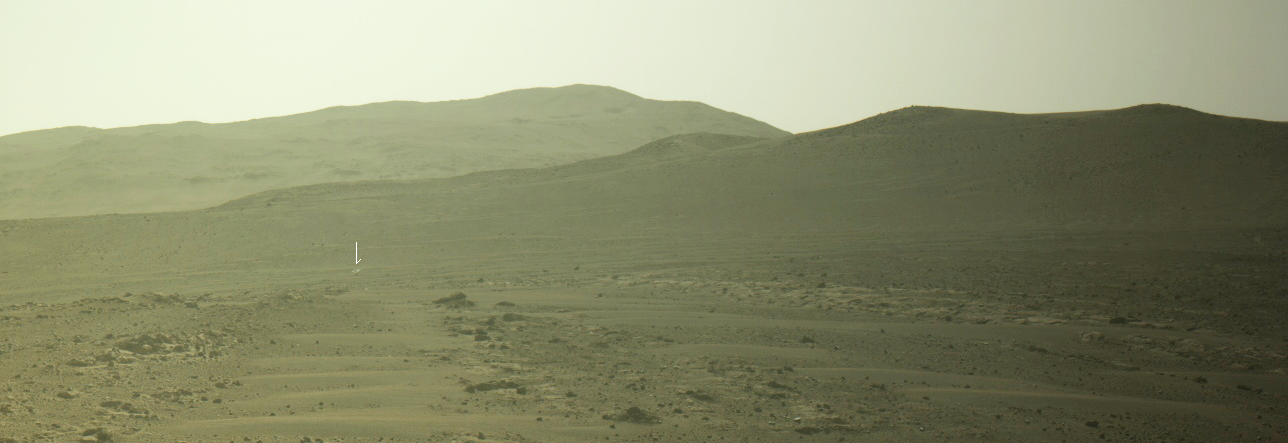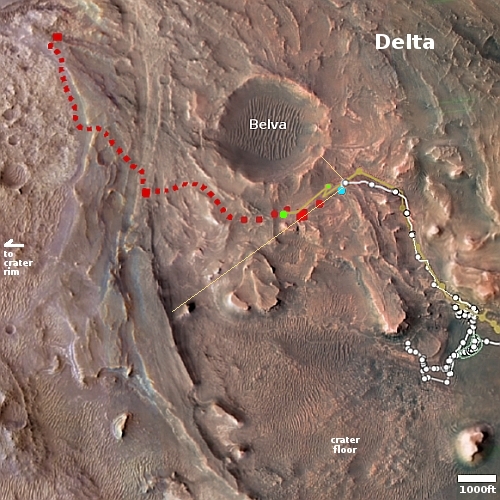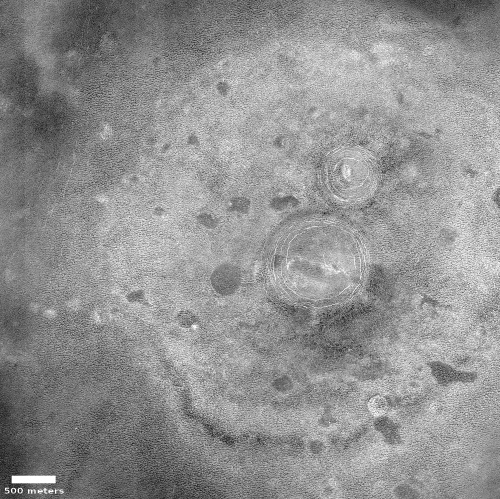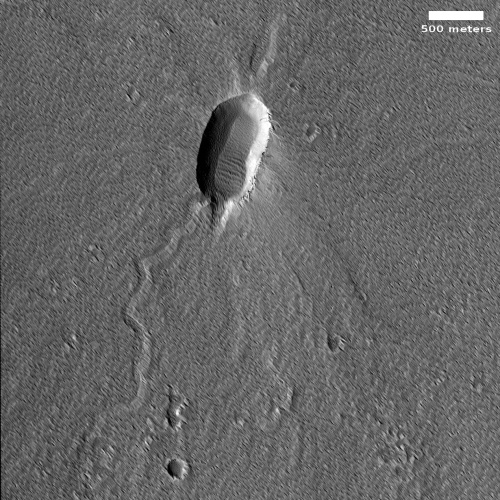Ingenuity completes 49th flight on Mars

Click for interactive map.
The Ingenuity team today posted the official flight totals for the Mars helicopter’s 49th flight, which took place yesterday.
The helicopter flew 925 feet for 143 seconds, or two minutes and twenty-three seconds. The plan had been to fly 894 feet for 135 seconds, but has been happening consistently for the past dozen or so flights, the helicopter spent a little more time in the air and traveled a little farther.
As for altitude, it apparently did exactly as planned, averaging about 40 feet in height until the end of the mission, when Ingenuity went straight up another twelve feet to get a wider view of its landing area.
The map to the right shows the context. The green dot marks Ingenuity’s location at the start of the flight. The green line indicates my approximate estimate of its flight path and landing area, which the engineering team has not yet posted. The white dots and line mark Perseverance’s path, with its present location at the area dubbed Tenby where it has obtained its first core sample from the top of the delta.

Click for interactive map.
The Ingenuity team today posted the official flight totals for the Mars helicopter’s 49th flight, which took place yesterday.
The helicopter flew 925 feet for 143 seconds, or two minutes and twenty-three seconds. The plan had been to fly 894 feet for 135 seconds, but has been happening consistently for the past dozen or so flights, the helicopter spent a little more time in the air and traveled a little farther.
As for altitude, it apparently did exactly as planned, averaging about 40 feet in height until the end of the mission, when Ingenuity went straight up another twelve feet to get a wider view of its landing area.
The map to the right shows the context. The green dot marks Ingenuity’s location at the start of the flight. The green line indicates my approximate estimate of its flight path and landing area, which the engineering team has not yet posted. The white dots and line mark Perseverance’s path, with its present location at the area dubbed Tenby where it has obtained its first core sample from the top of the delta.

